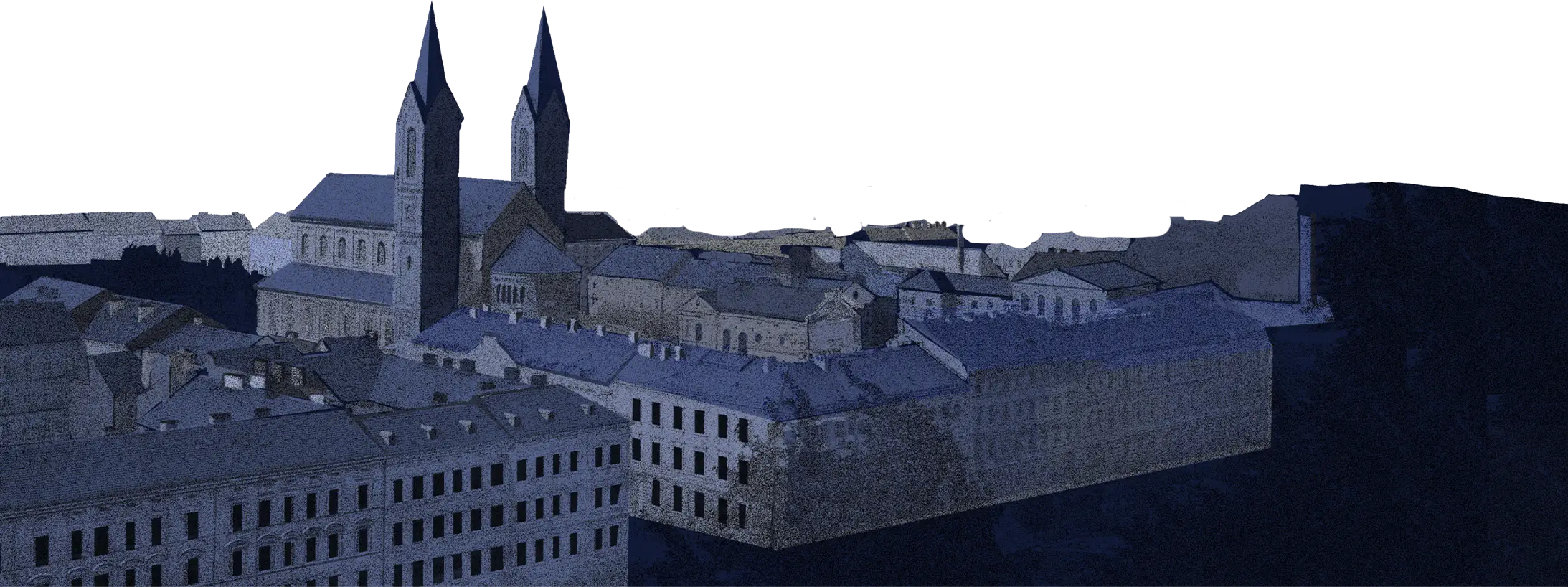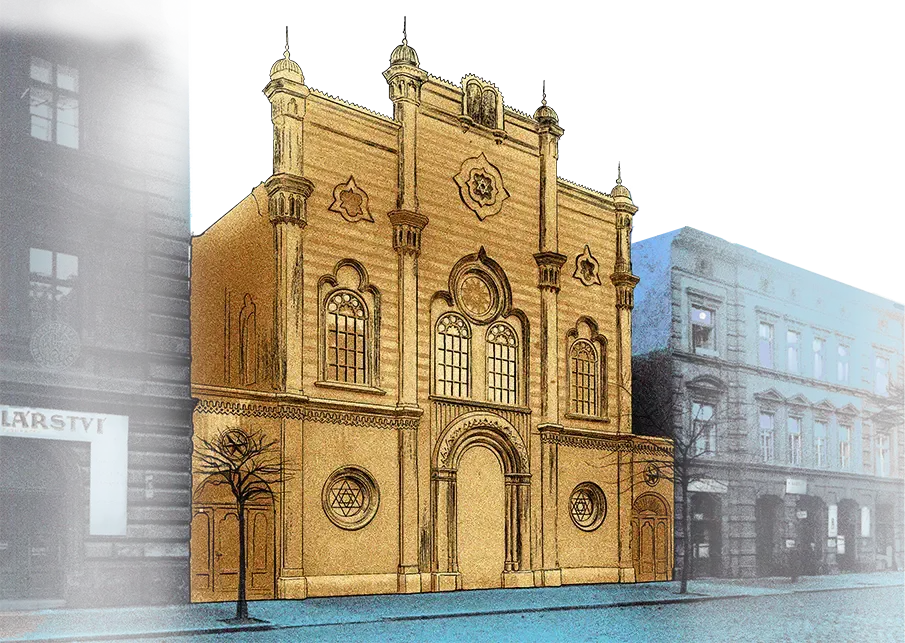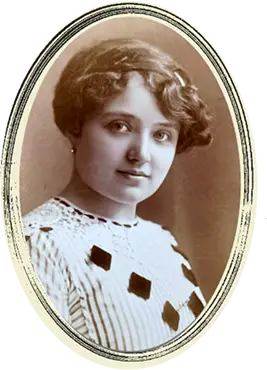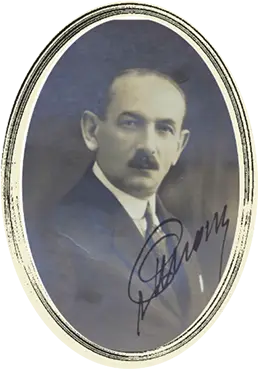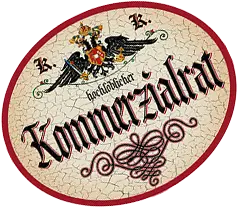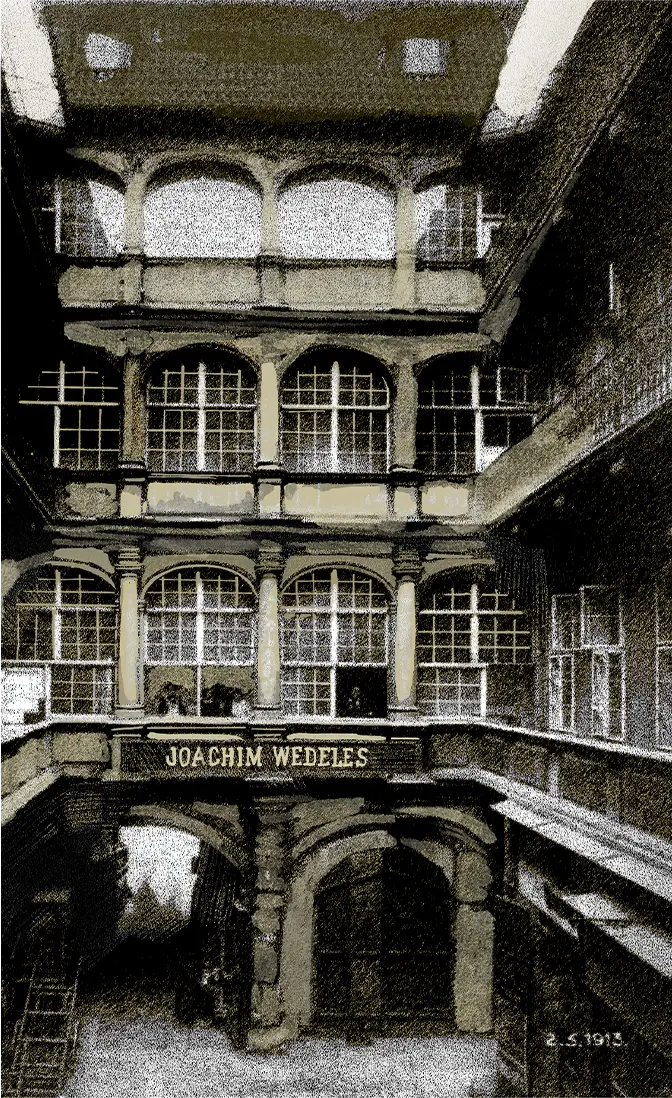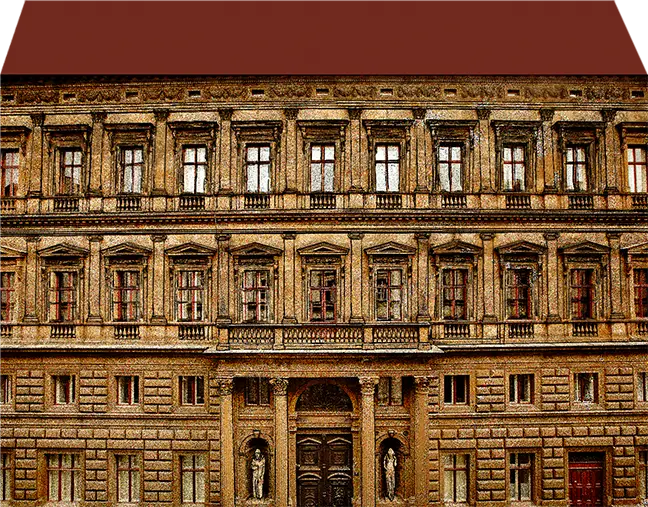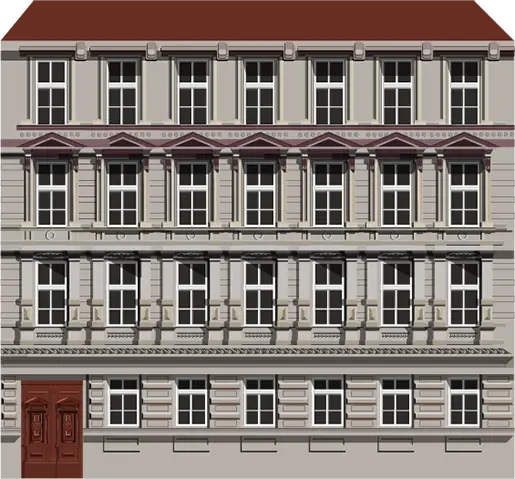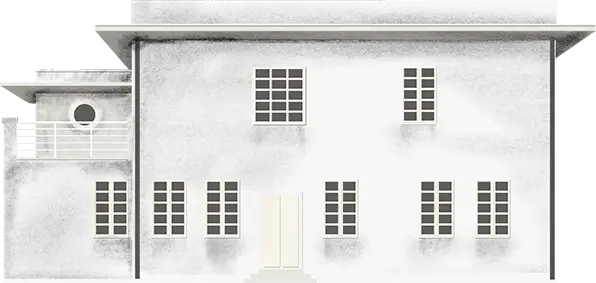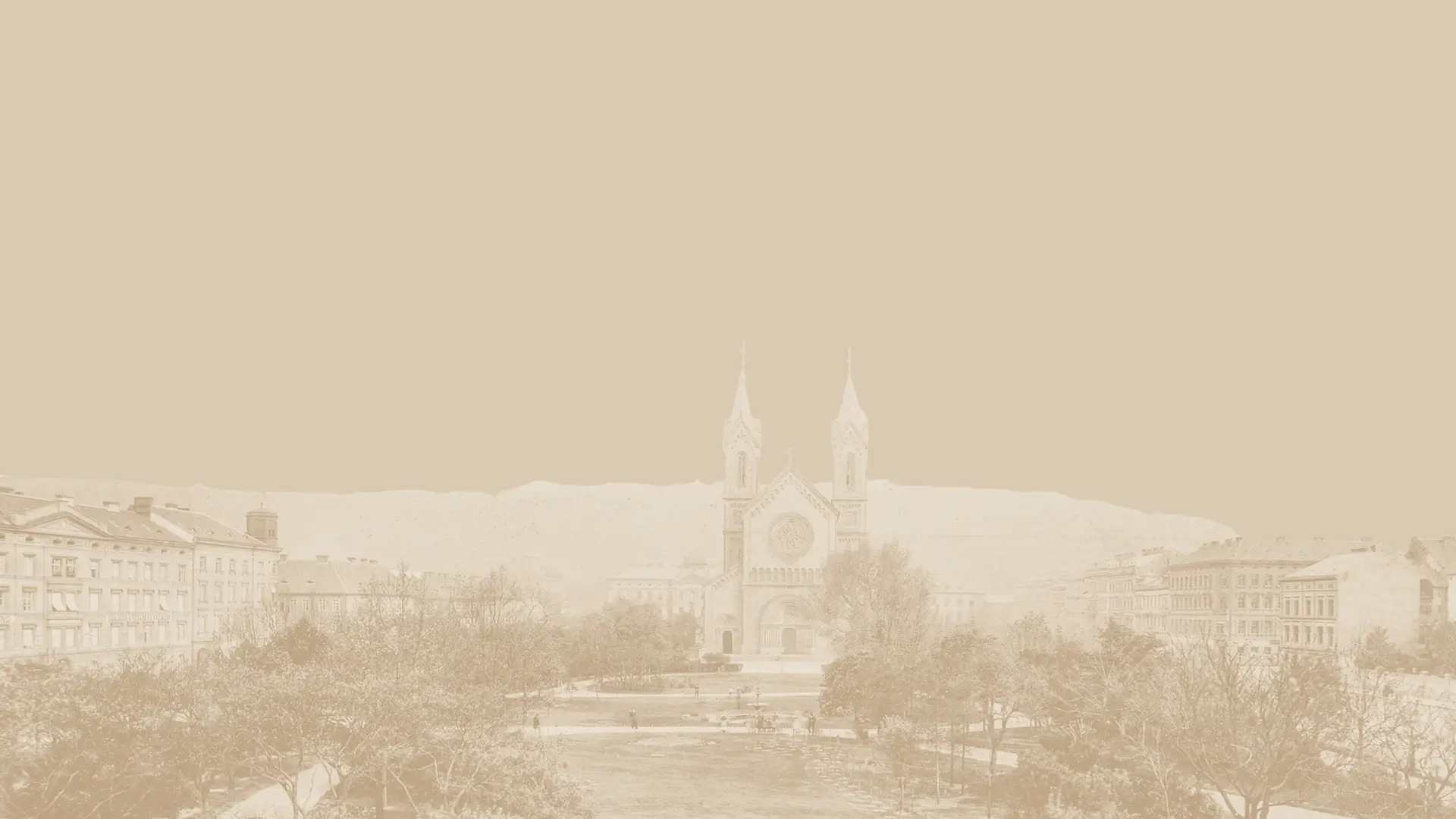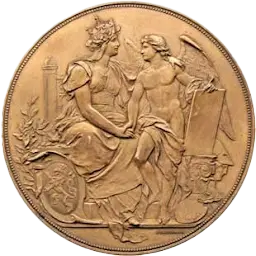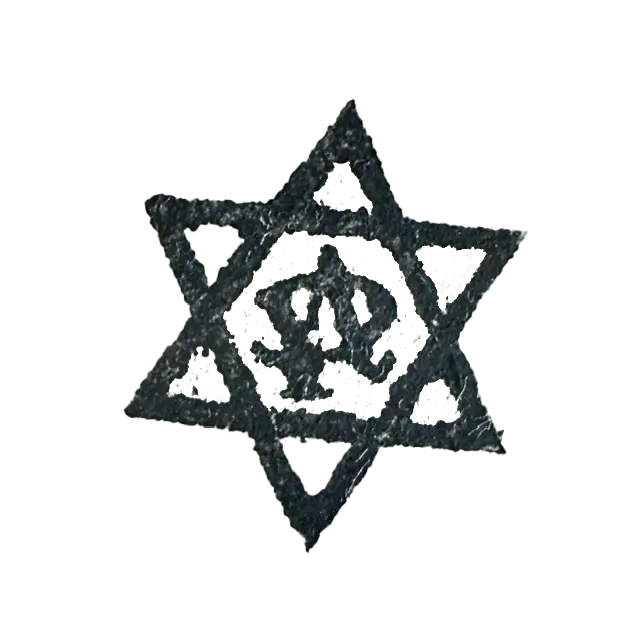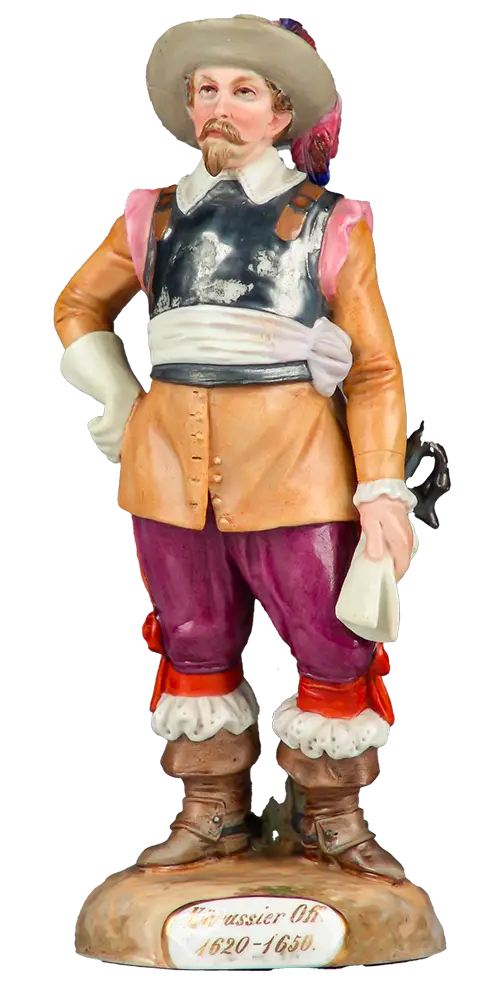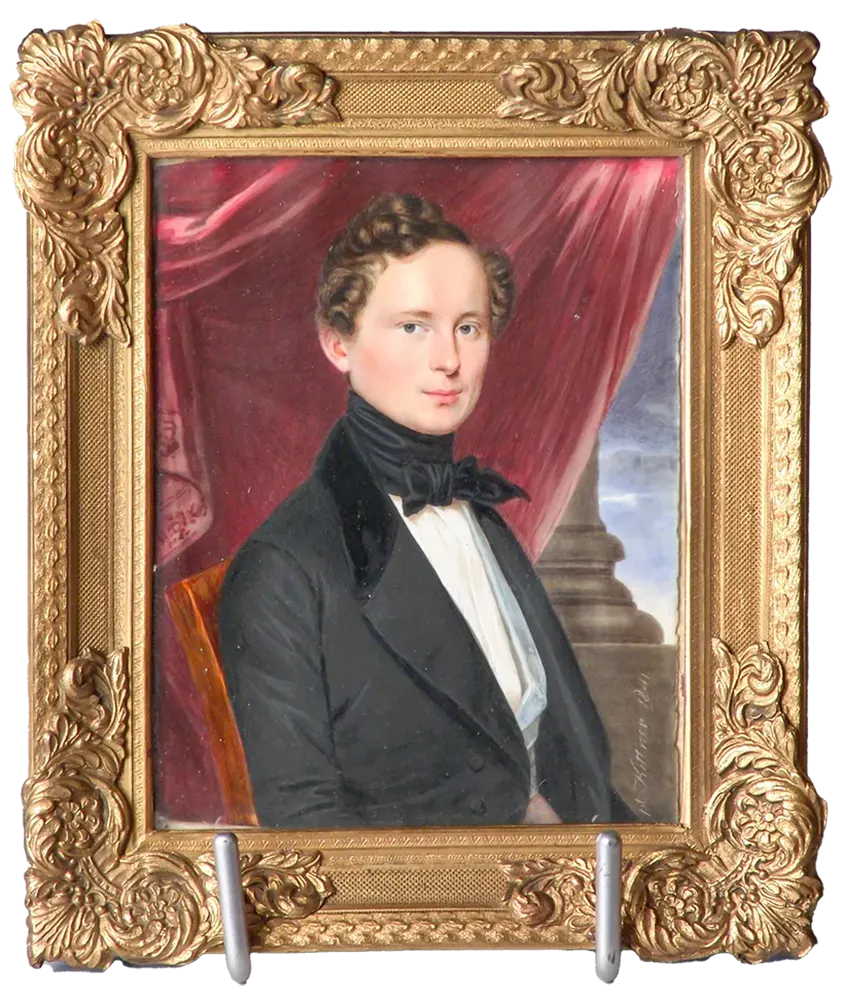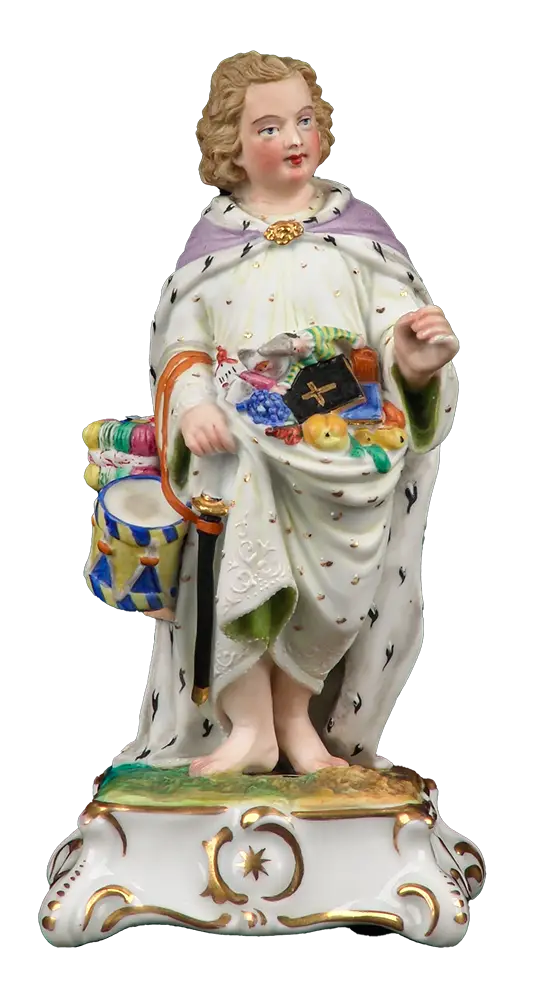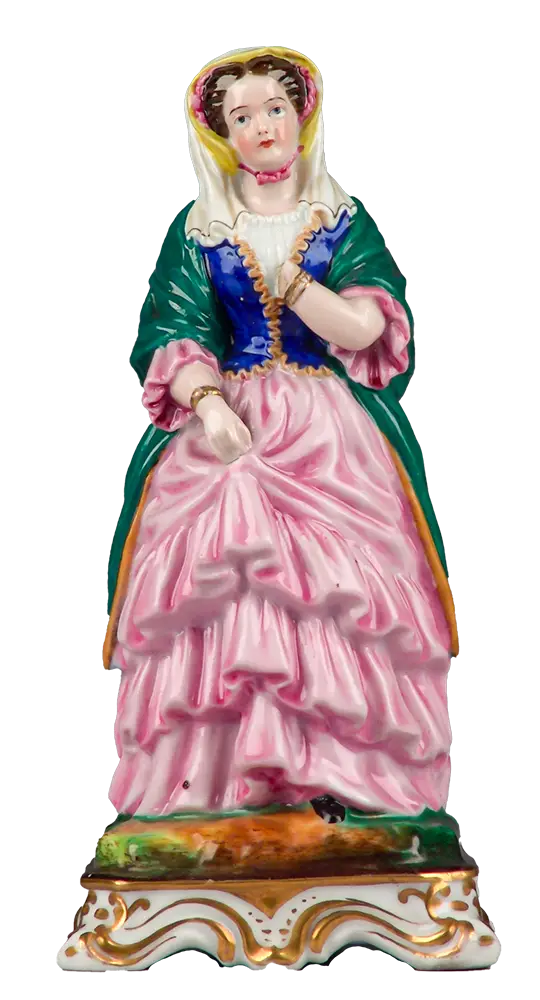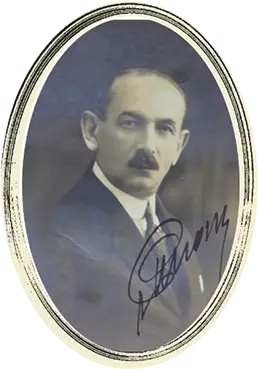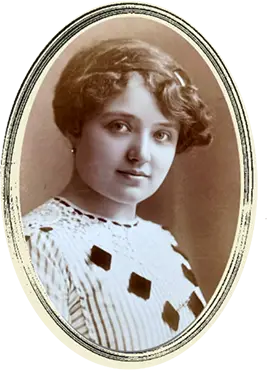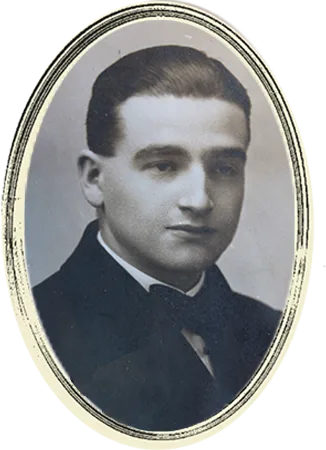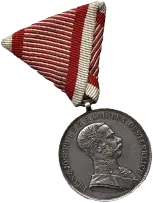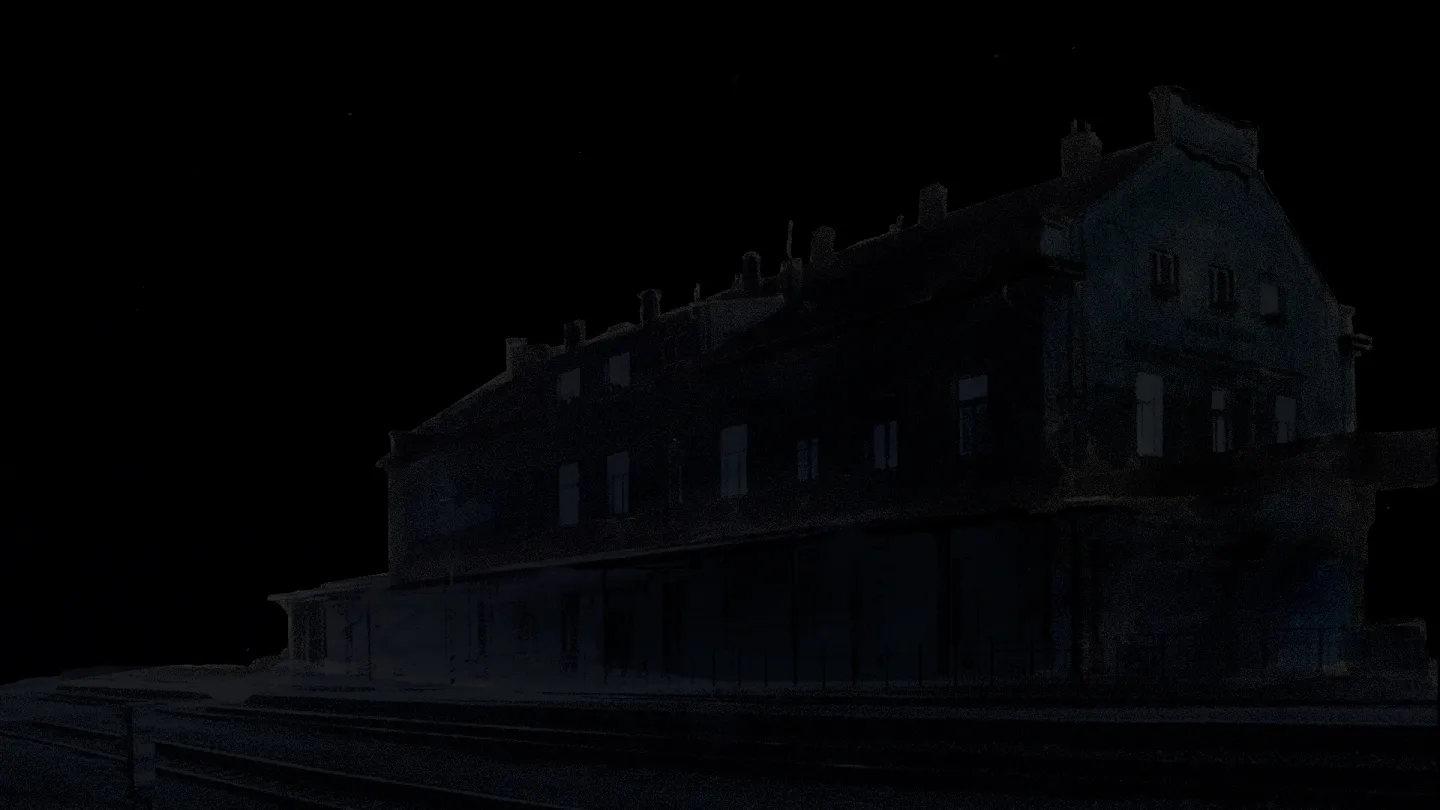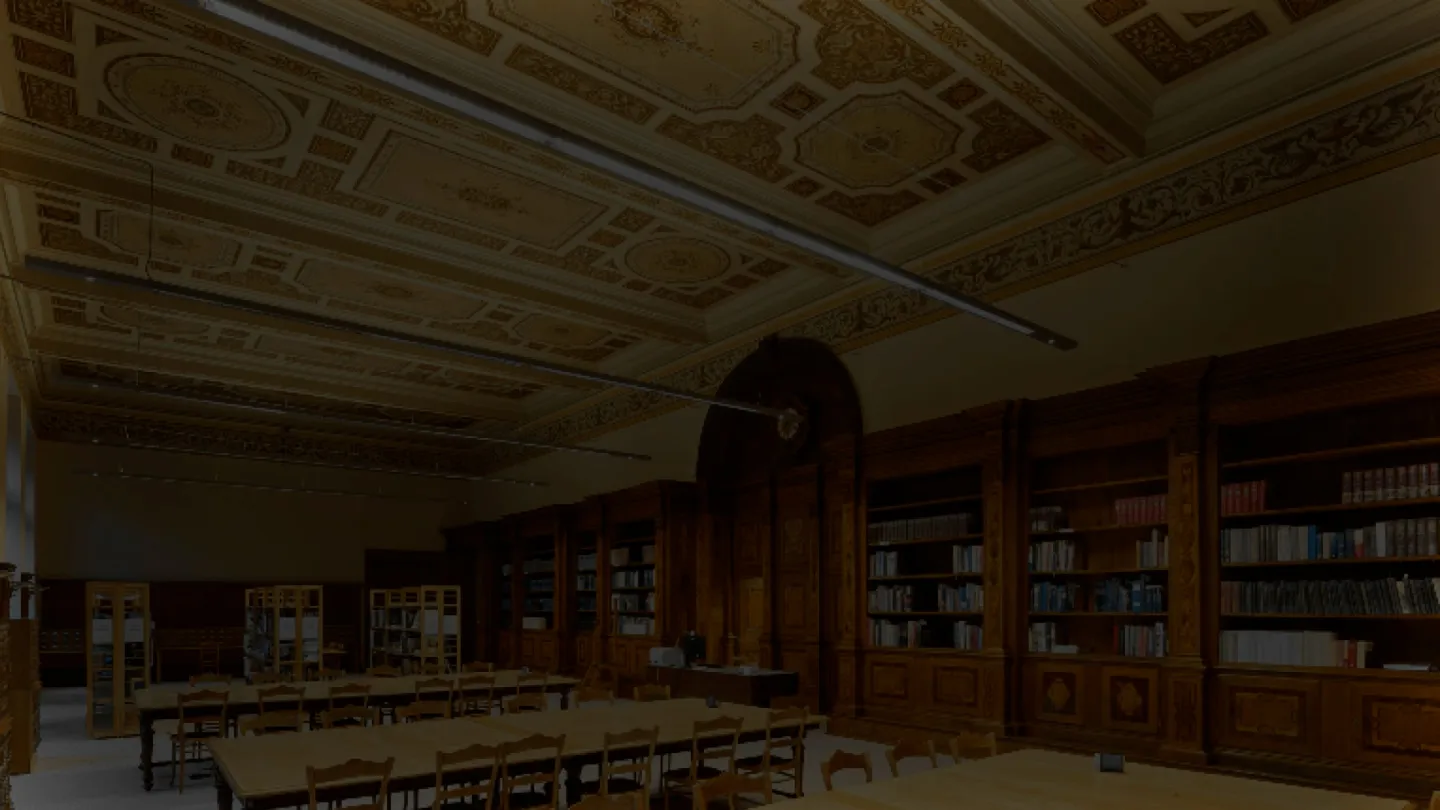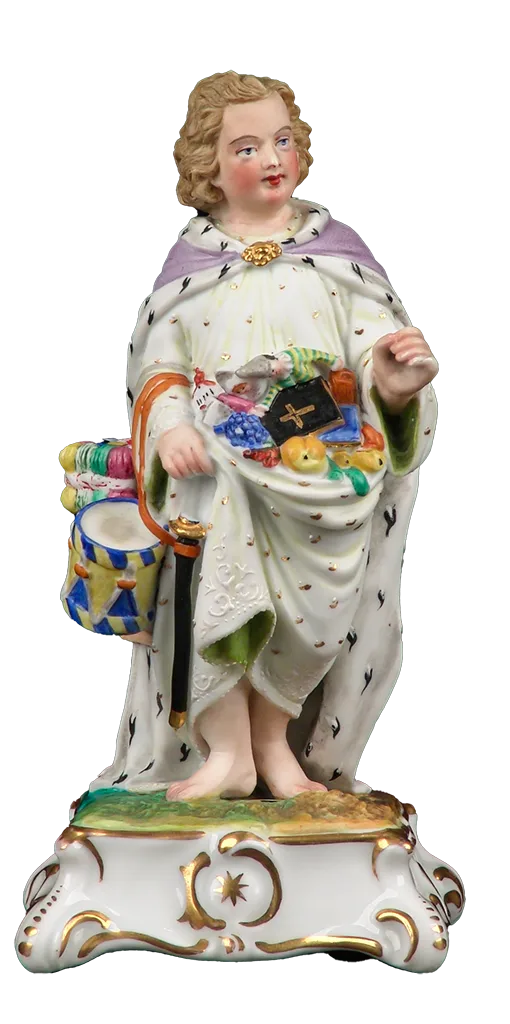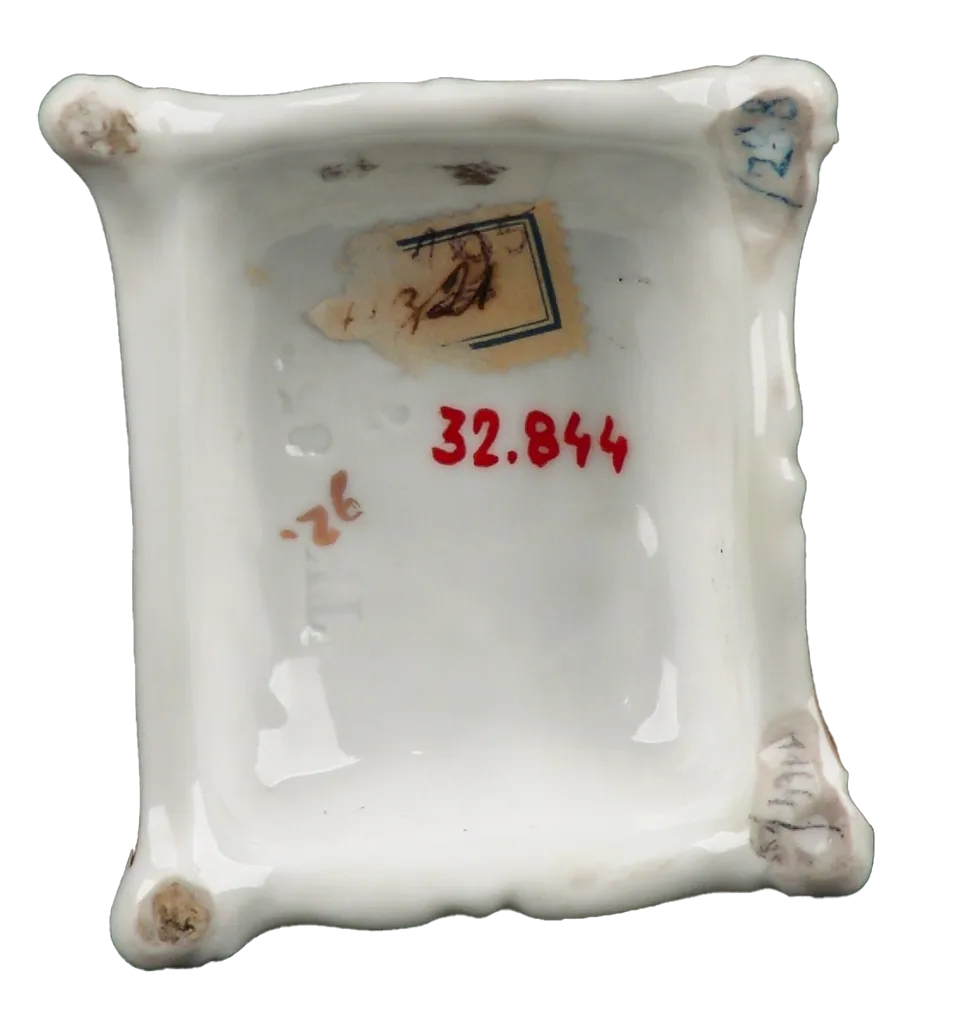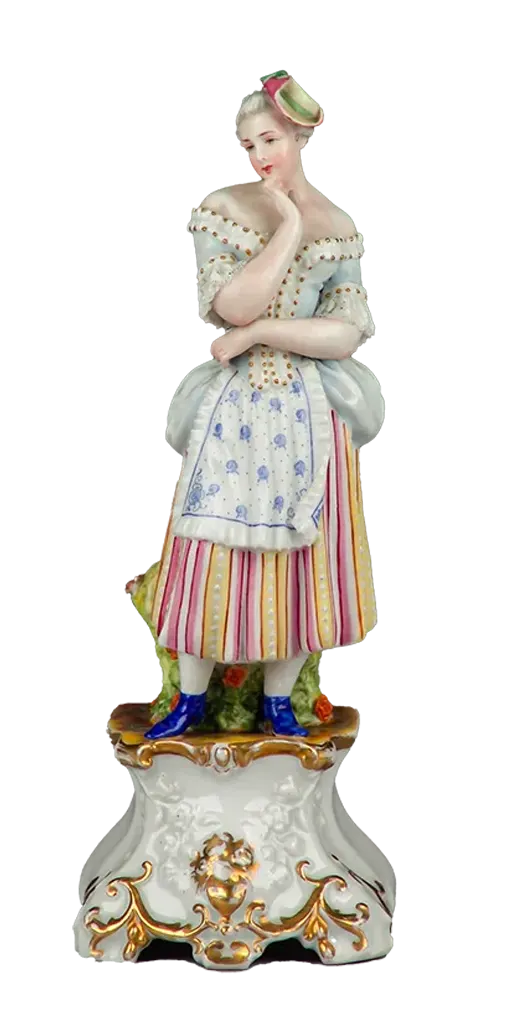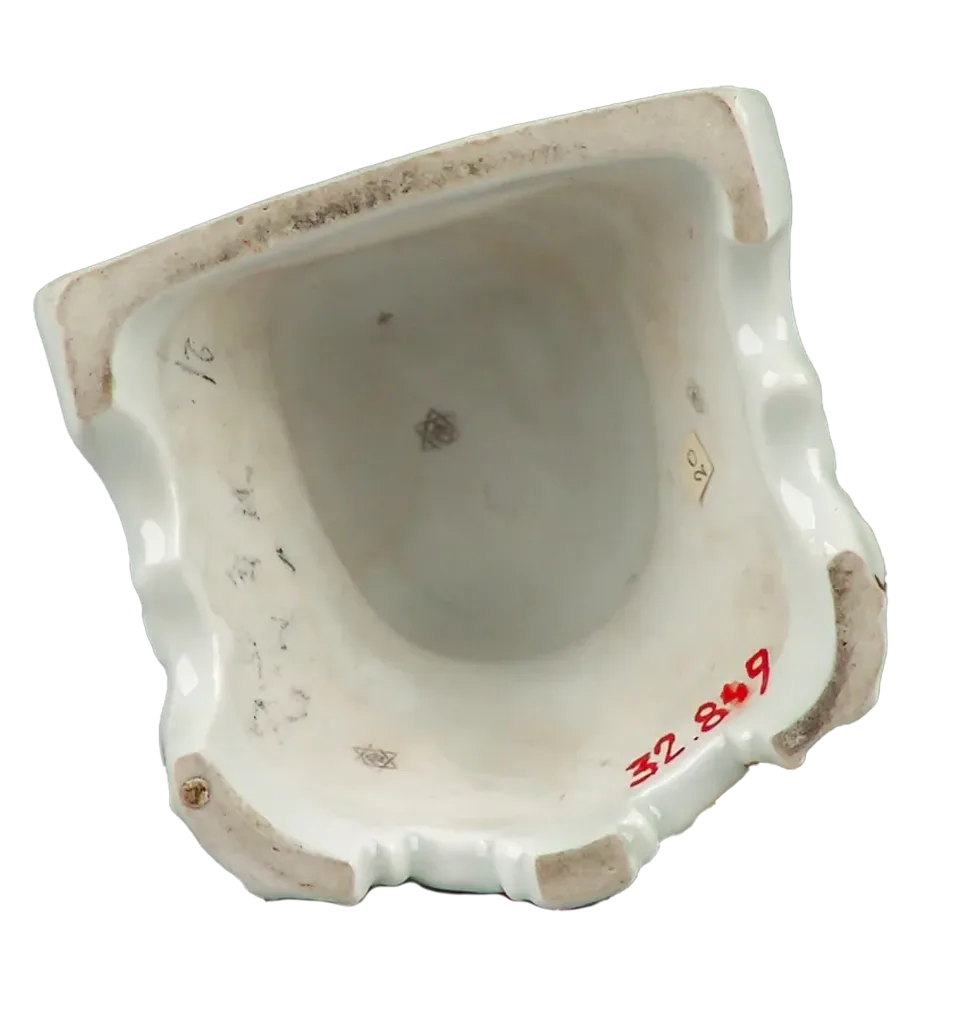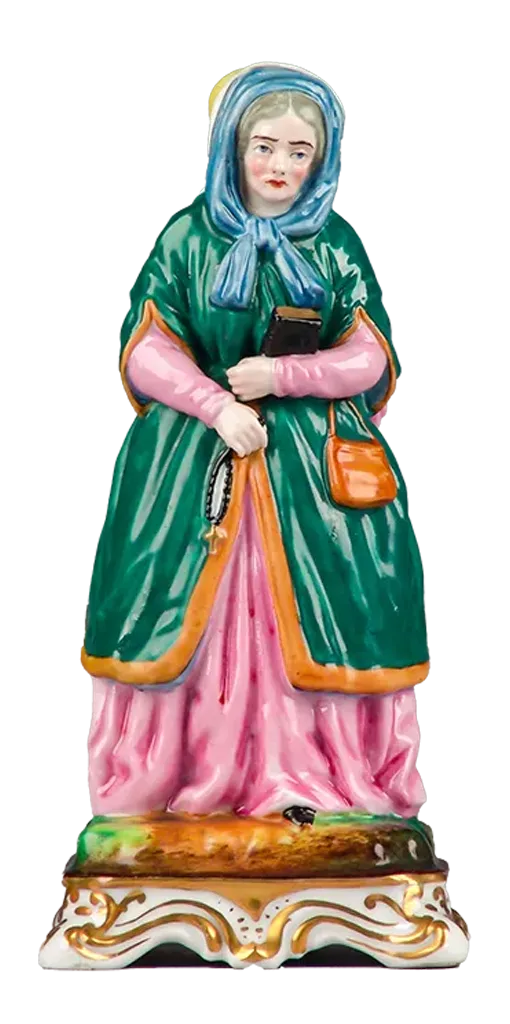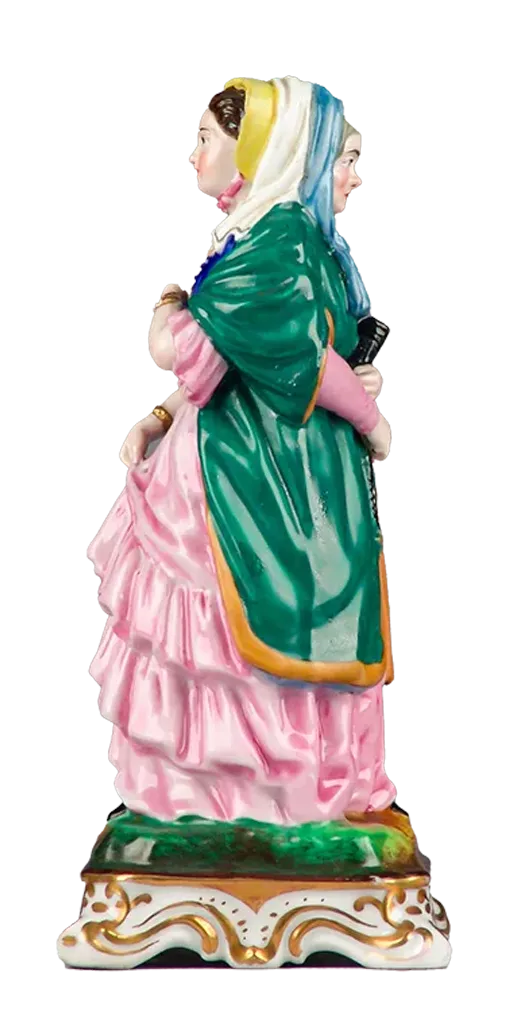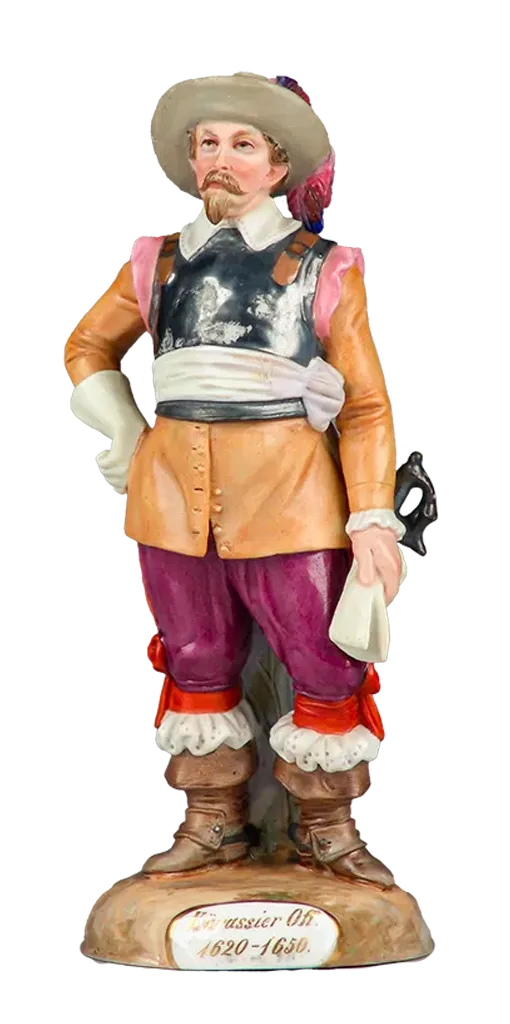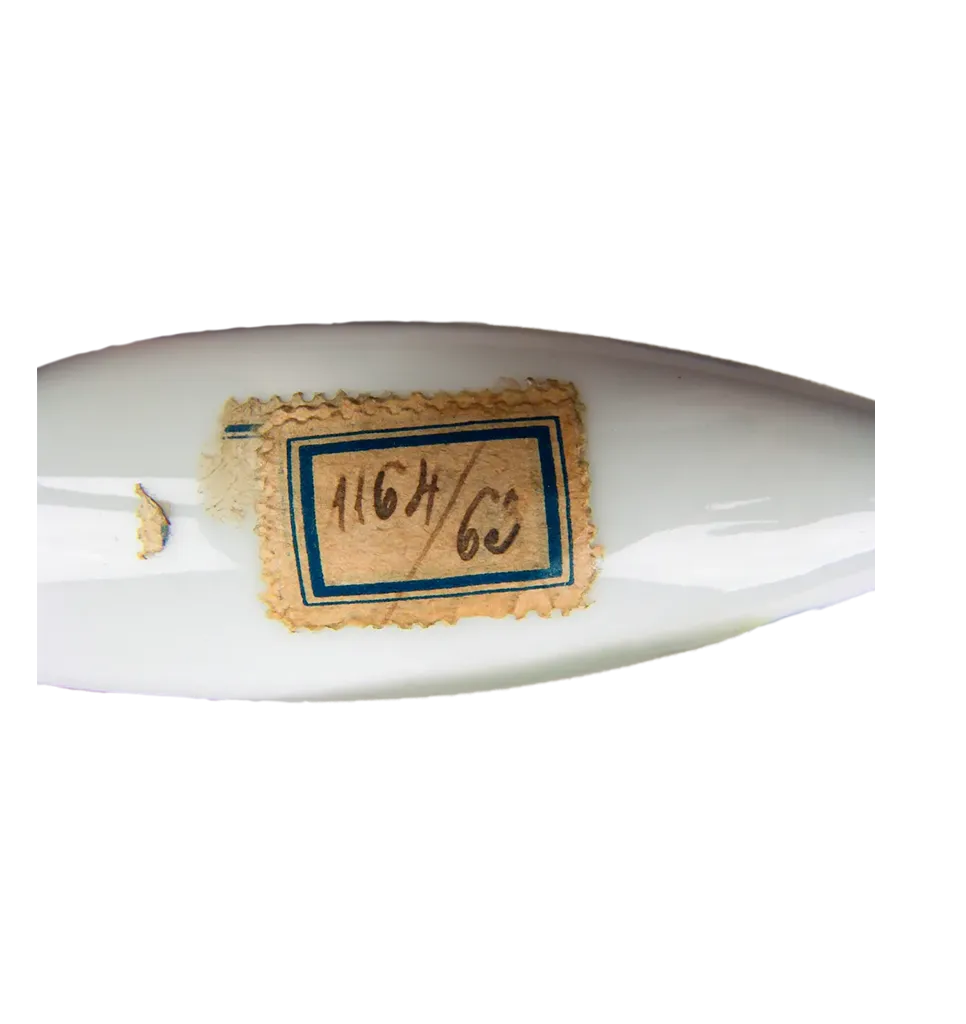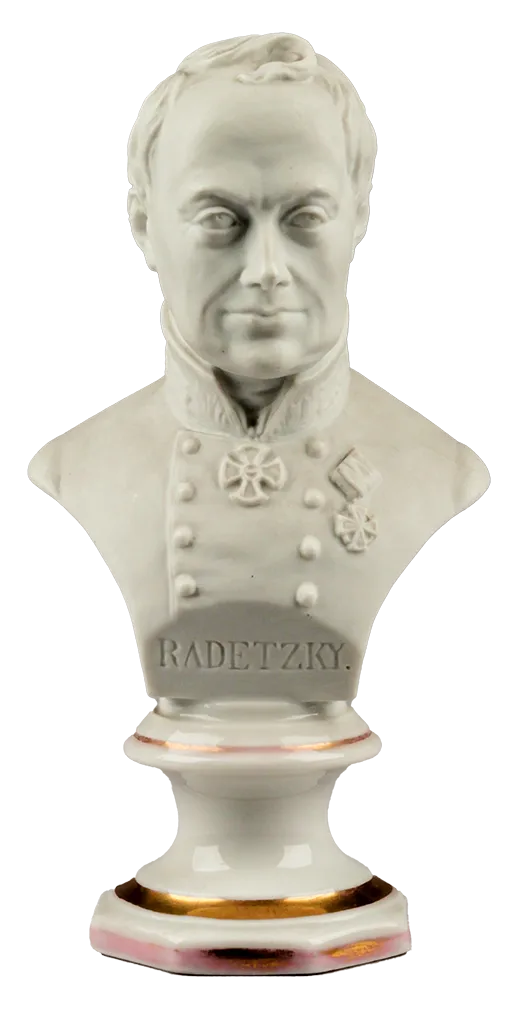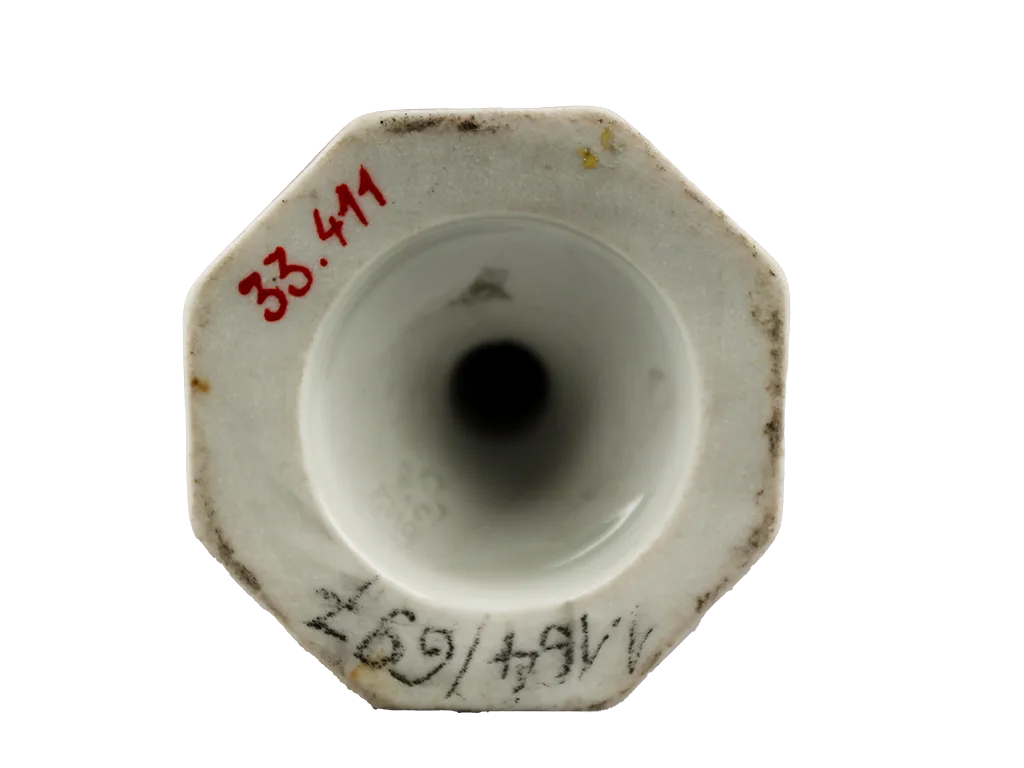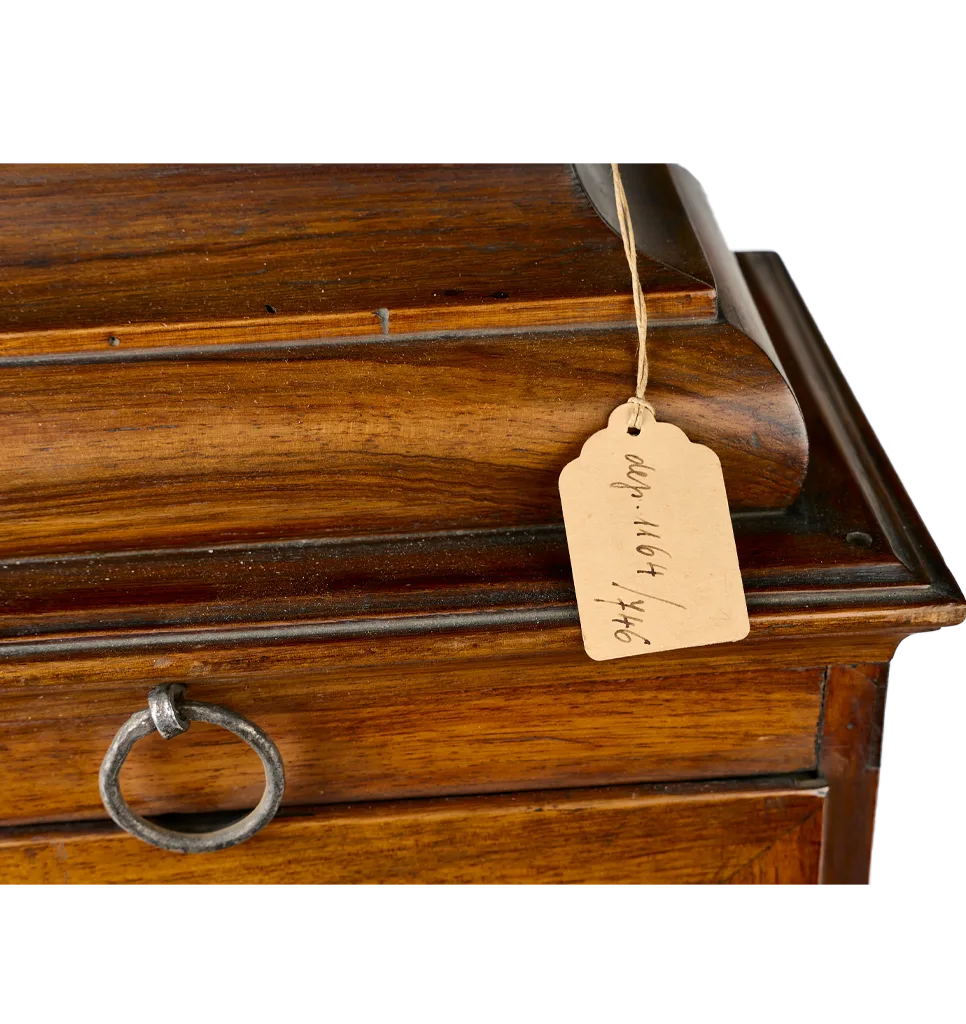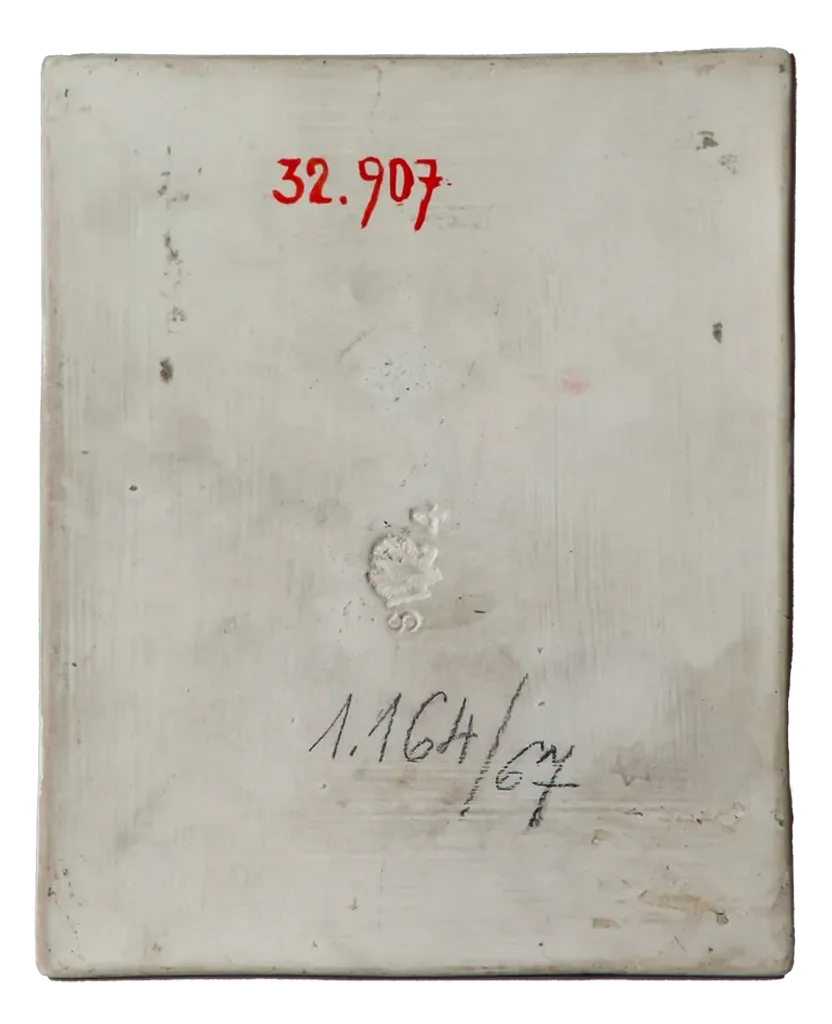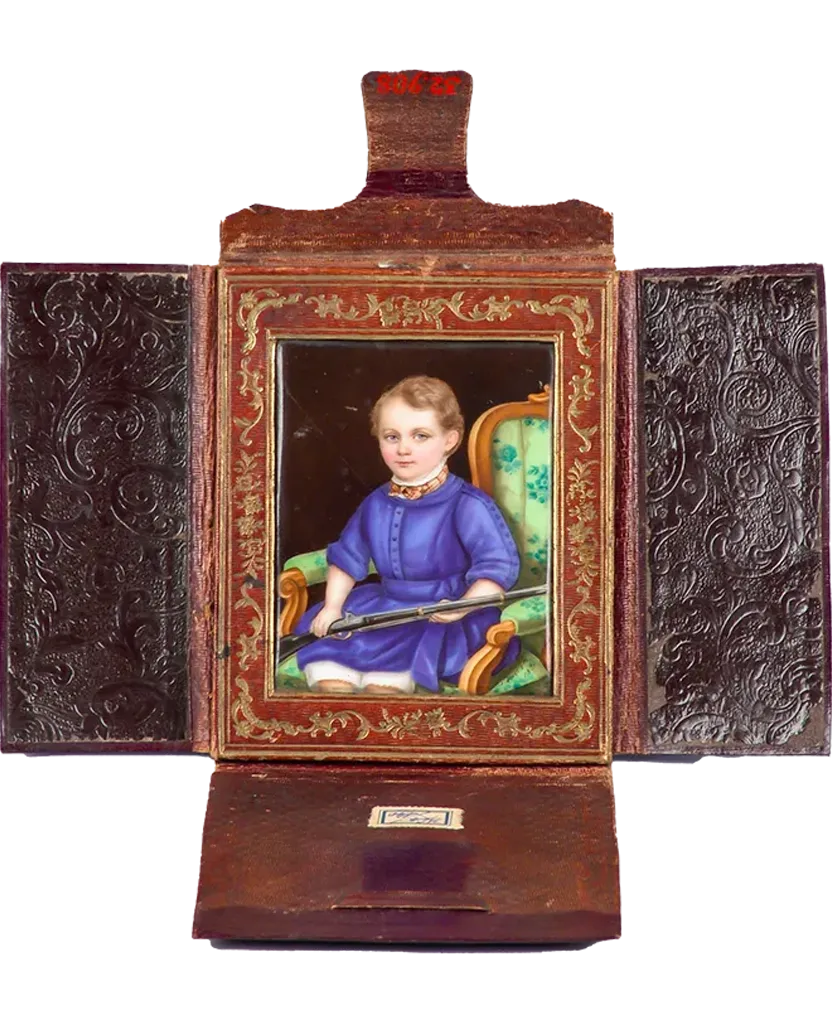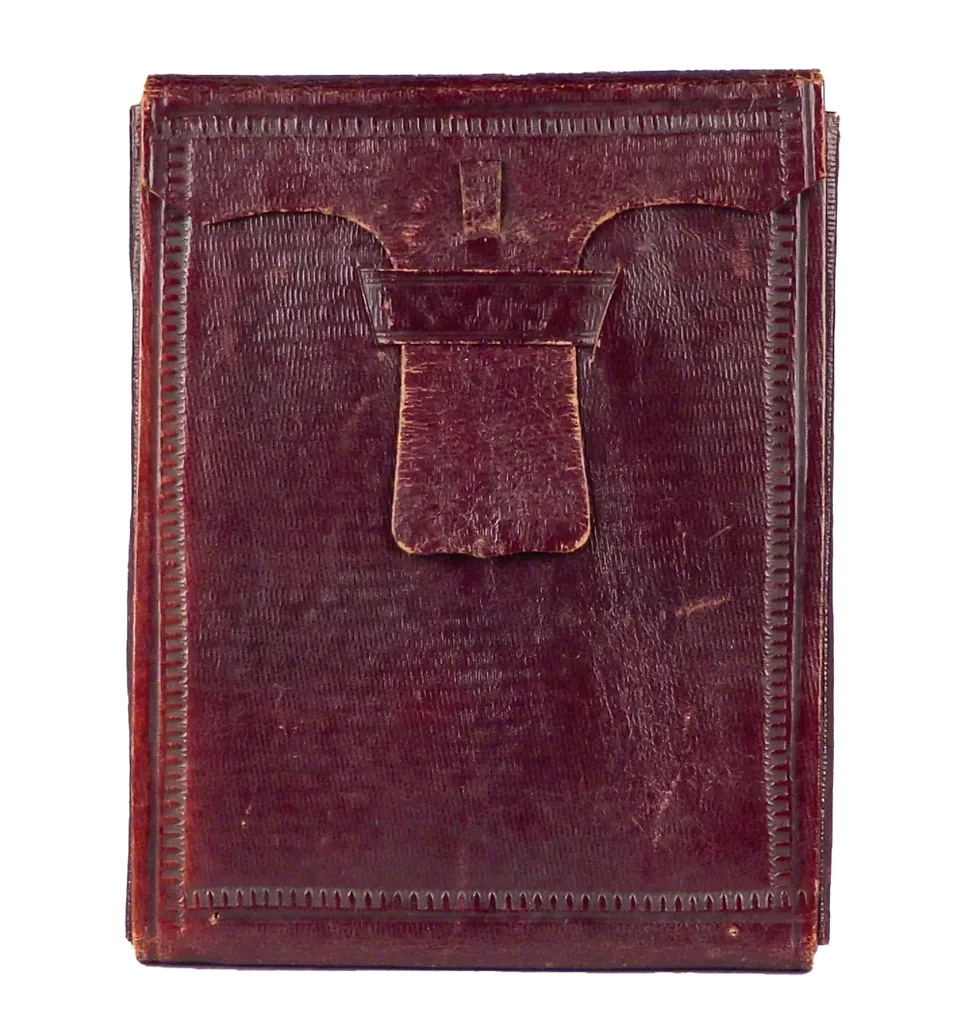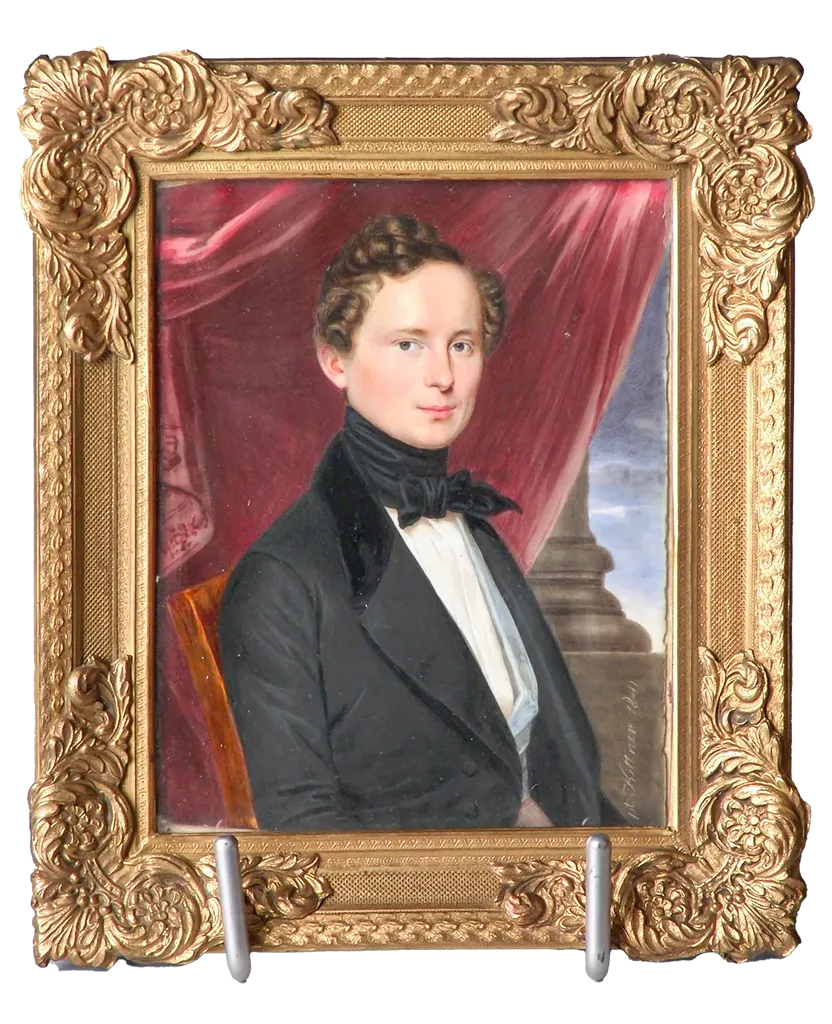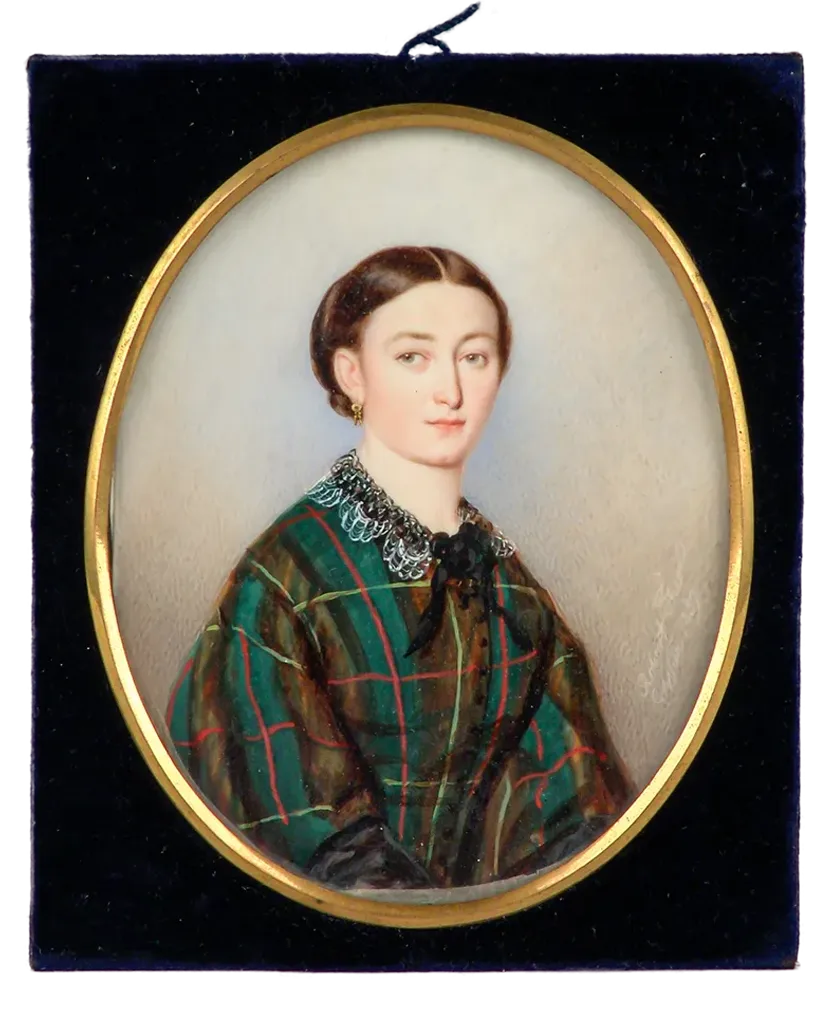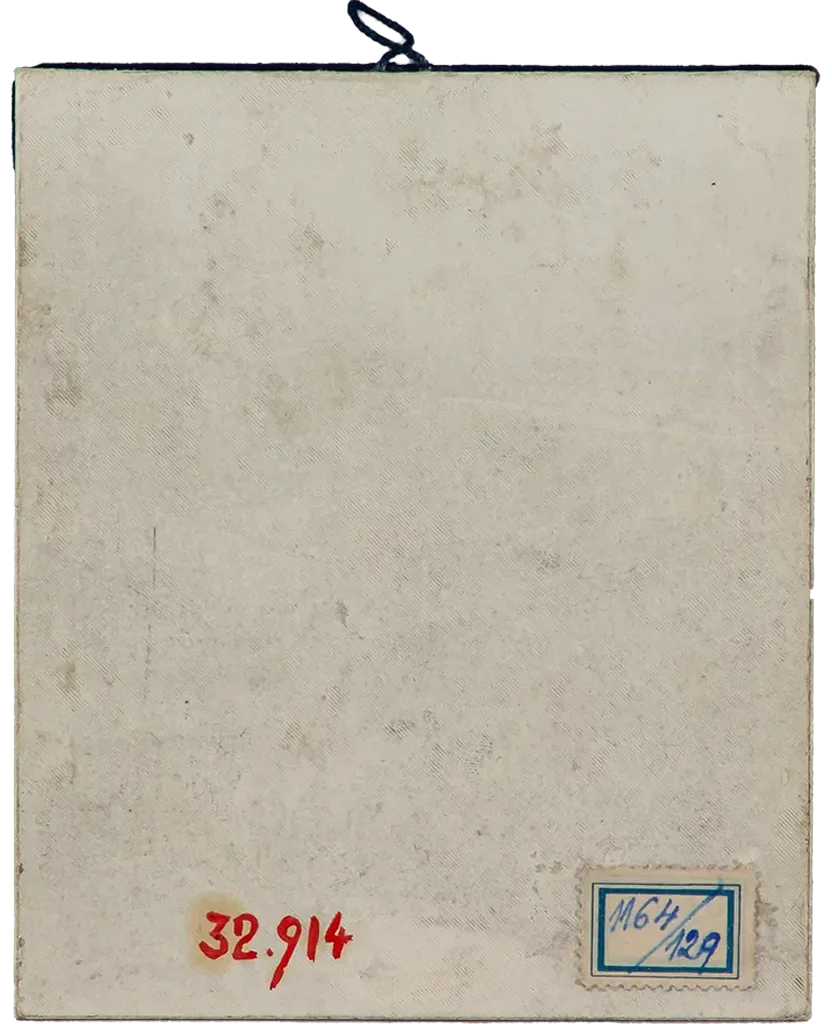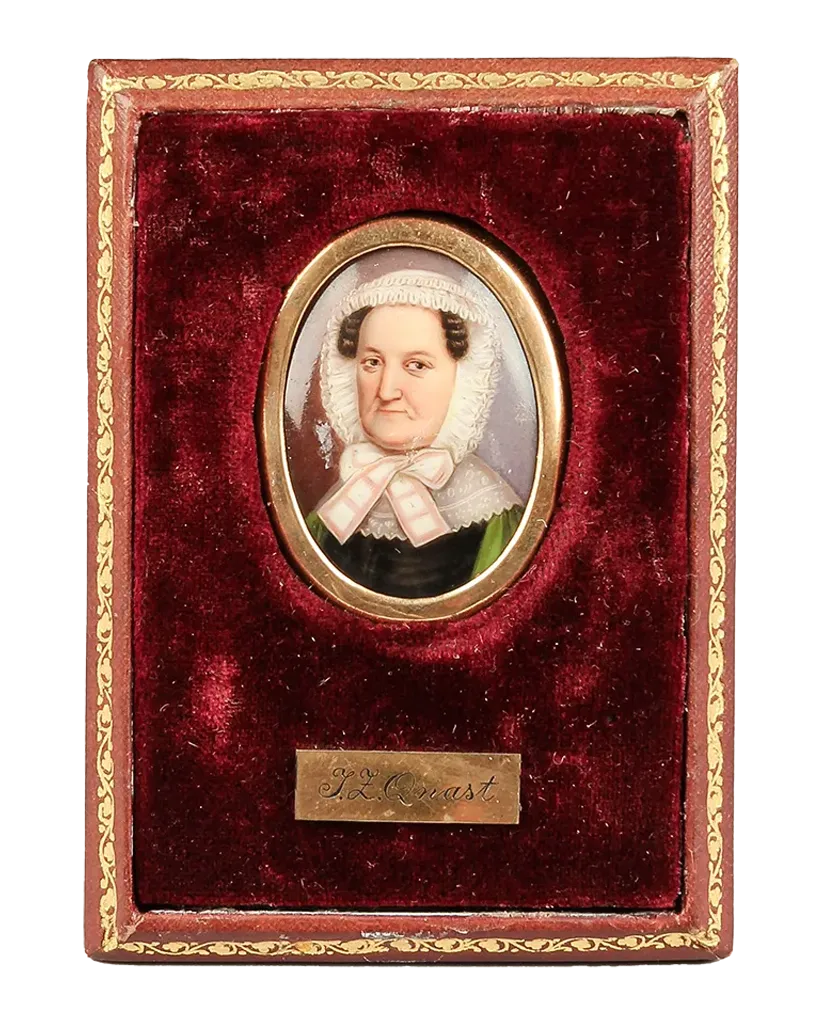The Collection of Josef Pollák

Please rotate your device.
This presentation is intended for landscape view only.
The Collection of Josef Pollák

Please adjust your browser's aspect ratio.
The presentation cannot be displayed on an ultra-wide screen.

about About the project
Entitled The Josef Pollák Collection, this virtual exhibition presents the results of many years of research by the Center for Documentation of Property Transfers of Cultural Assets of Victims of World War II. The exhibition is dedicated to an extensive deposit that Josef Pollák placed in the Museum of Decorative Arts in Prague in 1939, in an effort to protect his family's art collection from the Nazis. The deposit survived the war intact, and in accordance with Pollák's will, some of the items became the property of the museum after 1945. However, most of it was returned to the family in 1948.
The exhibition is divided into two sections. The first section traces the fates of Antonín Pollák — a wealthy Jewish textile wholesaler and founder of the family collection — his wife Kamila, and their descendants (including Josef), who were persecuted by the Nazis after the establishment of the Protectorate of Bohemia and Moravia. Almost none of them returned from the concentration camps.
The second section of the exhibition is devoted to the Documentation Centre's own research, based on a comparison of preserved written sources and museum records with markings on the backs of collection items. Although time-consuming, this research reliably identified art objects from the original deposit. impressumImpressum
The Documentation Centre for Property Transfers of the Cultural Assets of WWII Victims, p.b.o.
Čs. armády 34/828, 160 00
Prague 6, Czech Republic
www.lootedart.cz/en
info@lootedart.cz
Reproduced archival materials:
National Archives (hereinafter referred to as NA), Prague II Police Headquarters – General Registry (hereinafter referred to as PŘ II), 1931–1940, ref. no. P 2566/3, file no. 9753.
NA, PŘ II, 1941–1950, ref. no. P 2795/4, file 8897.
NA, PŘ II, 1941–1950, ref. no. P 2735/2, file 8882.
Museum of Decorative Arts in Prague, Center of Evidence of Collections, Deposit 1164, J. Pollak, Prague X, Kollárova 13. Sammlung des Juden Josef Pollak, Prag; List of art objects selected on 9 January 1948 for the Museum of Decorative Arts in Prague from the estate of Josef Pollak.
The used audio sources:
Miloslav Kabeláč: Mystery of Time, Supraphon 1960
Theresienstadt. Ein Dokumentarfilm aus dem jüdischen Siedlungsgebiet (1944)
https://freemusicarchive.org/music/Victor_Herbert_Orchestra/
https://archive.org/details/austrian-march-compilation
https://www.youtube.com/watch?v=AHMDV5HRzz0
https://www.youtube.com/watch?v=h1Pw7xekOcE
https://www.youtube.com/watch?v=P9V6d2Y1WjE
https://pixabay.com/service/license-summary/
acknowledgementAcknowledgement
This research would not have been possible without the cooperation and assistance of experts from the Museum of Decorative Arts in Prague.
Our gratitude goes out to the descendants of Aloisie Hudcová, whose photographs and invaluable insights into the fate of the Pollák family members were instrumental in the creation of this exhibition.
This project was created with financial support from the Ministry of Culture of the Czech Republic.
Entitled The Josef Pollák Collection, this virtual exhibition presents the results of many years of research by the Center for Documentation of Property Transfers of Cultural Assets of Victims of World War II. The exhibition is dedicated to an extensive deposit that Josef Pollák placed in the Museum of Decorative Arts in Prague in 1939, in an effort to protect his family's art collection from the Nazis. The deposit survived the war intact, and in accordance with Pollák's will, some of the items became the property of the museum after 1945. However, most of it was returned to the family in 1948.
The exhibition is divided into two sections. The first section traces the fates of Antonín Pollák — a wealthy Jewish textile wholesaler and founder of the family collection — his wife Kamila, and their descendants (including Josef), who were persecuted by the Nazis after the establishment of the Protectorate of Bohemia and Moravia. Almost none of them returned from the concentration camps.
The second section of the exhibition is devoted to the Documentation Centre's own research, based on a comparison of preserved written sources and museum records with markings on the backs of collection items. Although time-consuming, this research reliably identified art objects from the original deposit. impressumImpressum
The Documentation Centre for Property Transfers of the Cultural Assets of WWII Victims, p.b.o.
Čs. armády 34/828, 160 00
Prague 6, Czech Republic
www.lootedart.cz/en
info@lootedart.cz
Reproduced archival materials:
National Archives (hereinafter referred to as NA), Prague II Police Headquarters – General Registry (hereinafter referred to as PŘ II), 1931–1940, ref. no. P 2566/3, file no. 9753.
NA, PŘ II, 1941–1950, ref. no. P 2795/4, file 8897.
NA, PŘ II, 1941–1950, ref. no. P 2735/2, file 8882.
Museum of Decorative Arts in Prague, Center of Evidence of Collections, Deposit 1164, J. Pollak, Prague X, Kollárova 13. Sammlung des Juden Josef Pollak, Prag; List of art objects selected on 9 January 1948 for the Museum of Decorative Arts in Prague from the estate of Josef Pollak.
The used audio sources:
Miloslav Kabeláč: Mystery of Time, Supraphon 1960
Theresienstadt. Ein Dokumentarfilm aus dem jüdischen Siedlungsgebiet (1944)
https://freemusicarchive.org/music/Victor_Herbert_Orchestra/
https://archive.org/details/austrian-march-compilation
https://www.youtube.com/watch?v=AHMDV5HRzz0
https://www.youtube.com/watch?v=h1Pw7xekOcE
https://www.youtube.com/watch?v=P9V6d2Y1WjE
https://pixabay.com/service/license-summary/
acknowledgementAcknowledgement
This research would not have been possible without the cooperation and assistance of experts from the Museum of Decorative Arts in Prague.
Our gratitude goes out to the descendants of Aloisie Hudcová, whose photographs and invaluable insights into the fate of the Pollák family members were instrumental in the creation of this exhibition.
This project was created with financial support from the Ministry of Culture of the Czech Republic.
© 2025 The Collection of Josef Pollák


